Estimation Theory
Data is displayed for academic year: 2023./2024.
Course Description
Estimation theory deals with estimation of system states and parameters from noisy measurements. The majority of concepts dealt within the course is based on Bayes method. It sets the foundation for optimal estimation by combining the existing knowledge about the system and uncertain measurements. However, the Bayes method is more than just an optimal state and parameters estimation algorithm, it is also a tool for rational probability estimation that can serve as the foundation for decision making in the world with ubiquitous uncertainties. Methods covered in the course find applications in almost all science disciplines various fields: electrical engineering, computer science, mechanical engineering, chemical engineering, control engineering, robotics, biology, economics -- to name only a few with very often such applications. The course starts with basic concepts in state estimation and system identification, giving also a review of mathematical background techniques (linear algebra, probability theory and stochastic processes, statistics). Then linear estimation in static systems is elaborated, giving an introduction to one of the seminal research results of the 20th century - the Kalman filter, and then Extended Kalman filter. The course focuses then on non-parametric and parametric identification methods for linear systems models, followed by model structure selection and model validation in identification. In the end, implementation aspects of estimation proceduresare are analyzed.
Study Programmes
University graduate
[FER3-EN] Control Systems and Robotics - profile
(2. semester)
Learning Outcomes
- Explain basic concepts in state estimation and system identification and their relation to corresponding mathematical background
- Develop the technique of linear estimation in static systems for corresponding problems
- Use Kalman filter and Extended Kalman filter in applications
- Use non-parametric identification methods for linear systems in applications
- Use parametric identification methods for linear systems in applications
- Use corresponding model structure in identification and method for validation of the identified model
- Generate practical implementations of estimation methods
Forms of Teaching
Lectures
Lectures will be interactive where students will follow the lecturer step-by-step in solving simple examples.
LaboratoryIn laboratory exercises students will solve more complex examples from the materials covered by lectures.
Week by Week Schedule
- Basic concepts in estimation, review of background techniques (linear algebra, probability theory and stochastic processes, statistics)
- Linear estimation in static systems, least squares method, maximum likelihood estimation, maximum a posterior estimation
- Linear estimation in static systems, least squares method, maximum likelihood estimation, maximum a posterior estimation
- Linear estimation in dynamic systems, linear discrete Kalman filter
- Linear estimation in dynamic systems, linear discrete Kalman filter
- Additional topics in Kalman filtering
- Extended Kalman filter
- Midterm exam
- Basic terms and mathematical concepts used in system identification -- stochastic processes. Classification of system identification methods. Non-parametric identification methods -- Fourier analysis.
- Non-parametric system identification methods -- correlation and spectral analysis. Random and pseudorandom binary input signal and their properties.
- Linear parametric models: deterministic and stochastic parts. Derivatives from a general model form: FIR, AR, ARX, ARMAX, OE...
- Least squares method -- direct and recursive.
- Instrumental variable method -- direct and recursive. Identification with forgetting factor.
- Bias-variance conflict. Numerical examples in system identification.
- Final exam
Literature
Simo Särkkä (2013.), Bayesian filtering and smoothing, Cambridge University Press
L. Ljung (1999.), System Identification: Theory for the User, Prentice Hall, New Jersey
Dan Simon (2006.), Optimal state estimation, John Wiley and Sons
Yaakov Bar-Shalom, X. Rong-Li, Thiagalingam Kirubarajan (2001.), Estimation with application to tracking and navigation,
Timothy Barfoot (2021.), State estimation for robotics, Cambridge University Press
For students
General
ID 223688
Summer semester
5 ECTS
L1 English Level
L1 e-Learning
45 Lectures
0 Seminar
10 Exercises
12 Laboratory exercises
0 Project laboratory
0 Physical education excercises
Grading System
Excellent
Very Good
Good
Sufficient


 Pristupačnost
Pristupačnost

